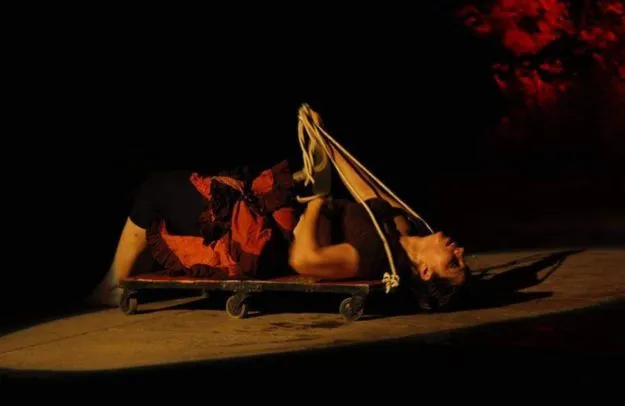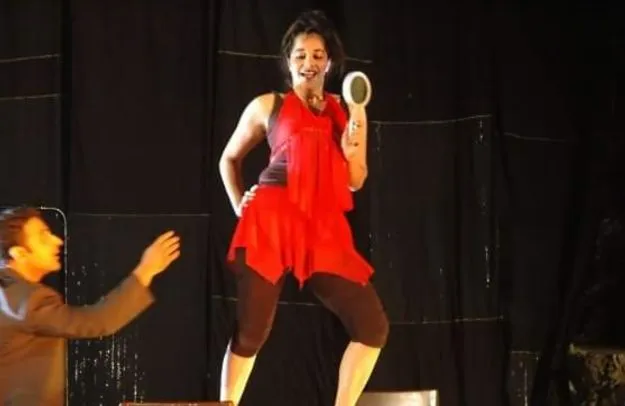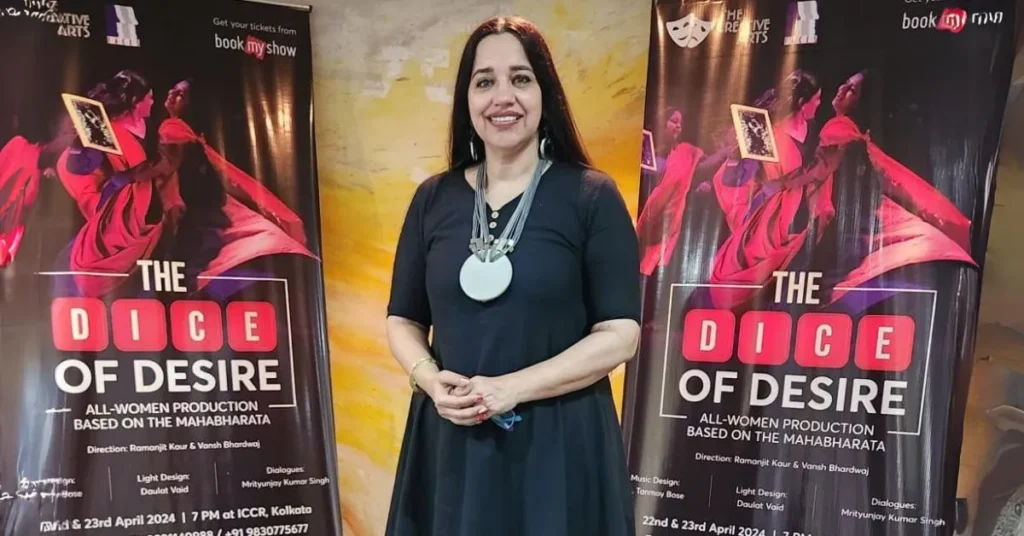A changing perception of women in contemporary theatre is surely ushering in winds of change. A post-modern take on the women of the Mahabharata and their psyche, to which the interpretation lends a bold voice to these classical contexts over generations, now poses a challenge. It goes without saying that a mere comment on patriarchy cannot shake up a storm. “The Dice of Desire” by award-winning theatre activist Ramanjit Kaur is an all-women cast celebrating women’s desires or just recognizing women’s aspirations as a juxtaposition of classical allusion in the context of the modern cornucopia of social issues, creating inter-generational and ideological contrasts.

Ramanjit Kaur is a recipient of the Charles Wallace Award in 2006, the founder of The Creative Arts (established in 2002), and the person behind the play “The Dice of Desire.”
Kaur describes her journey:
“I feel I’ve lived about 100 years in theater. My journey in theater started in school when I did a couple of school plays. By that time, I was introduced to my guru – Padmashree Neelam Mansingh Chowdhry. I was transiting from school to college. And it was in 1985-86 that I started doing theater with her. I was a young kid, I would say. And, the rest, as we say, is history. Working with her, I got the chance to play the protagonist in many of the classics like ‘Nagamandala’ by Girish Karnad.”
Since 2003, Kaur studied in England at the Central School of Speech and Drama, the London Academy of Music and Dramatic Arts, and the Birmingham School of Speech and Drama, and worked with Improbable Theatre. “And at this time, I worked with Firenza Guidi who taught in Wales but, this workshop was in Italy. So I received these varied trainings from different institutes and maestros. Then I got the French Embassy scholarship, and I had the fortune of working with the legendary Ariane Mnouchkine in France.”
Also Read: Mita Banerjee: From Childhood Memories to Legal Advocacy

Ramanjit Kaur is the recipient of the Sangeet Natak Akademi’s Ustad Bismillah Khan Yuva Puraskar. She trained in different Indian Classical dance forms and also graduated as a Kathak dancer. In addition, she trained in various martial art forms, Kalaripayatu from Kerela and Butoh, the Japanese form. “The style of theatre that I pursue is not realistic theatre, where you pick up a script and you’re doing the dialogues, but it’s physical in every way. This body becomes a canvas to show the emotion, the narrative. The props that you use have a life of their own, where you pick up that prop and how that prop also goes through a journey of depicting that emotion. It becomes something that evoked the narrative or makes the audience go through the narrative in a very heightened manner. So that becomes the language – the space, the body, the props and the narrative.”
She has performed in many theater festivals internationally such as the Festival D’Avignon in France.



